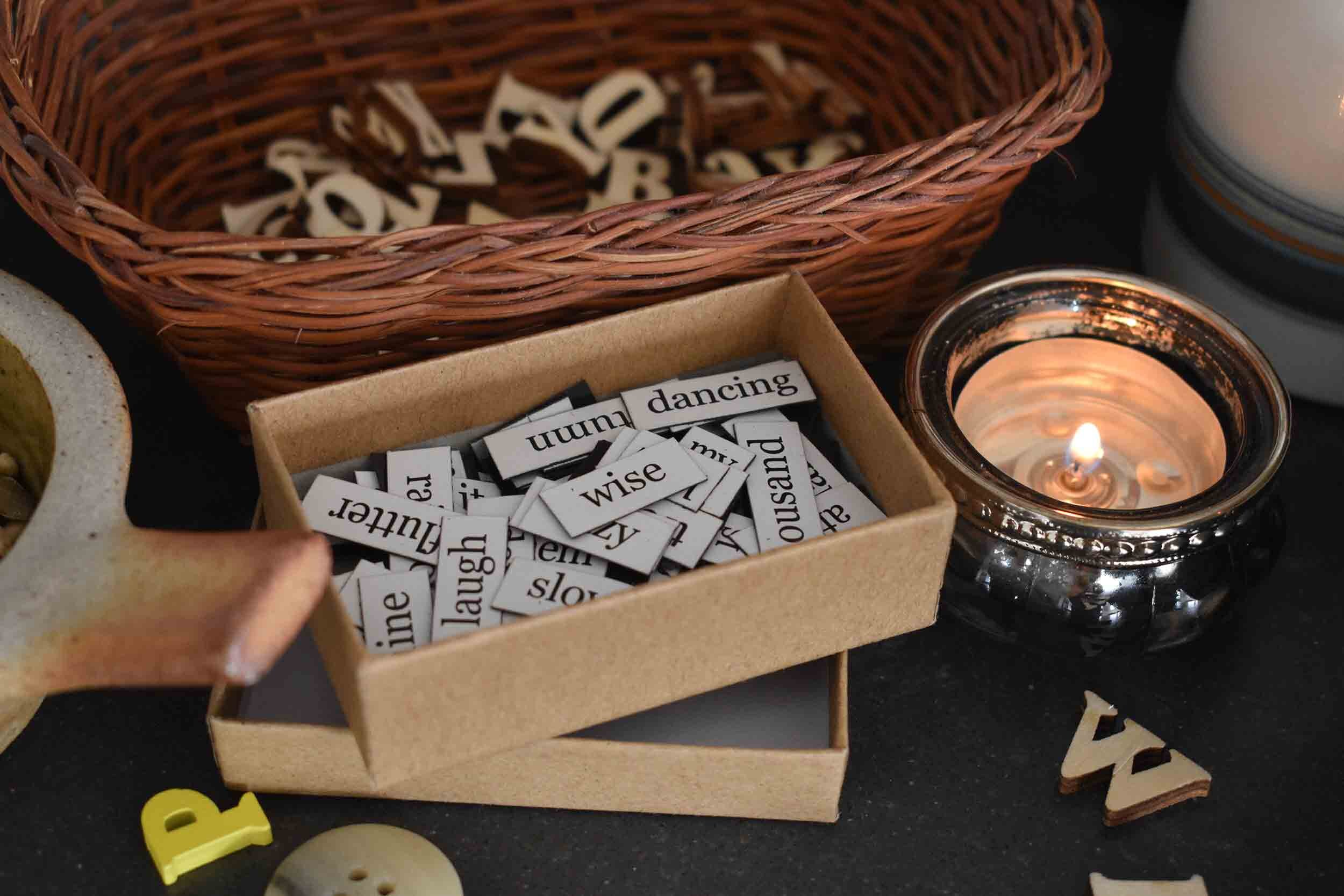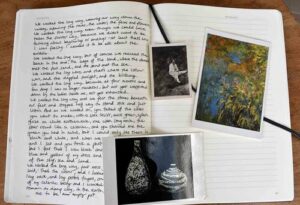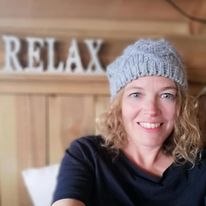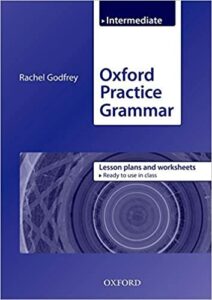
JANE BURN – POETRY AS HARD GRAFT, INSPIRATION, REACTION OR EXPERIMENT?
I interviewed poet & artist Jane Burn who won the Michael Marks Environmental Poet of the Year 2023-24 with A Thousand Miles from the Sea.


I interviewed Rachel Godfrey who guides adults in the theraputic uses of creative writing, is the author of several books for English-language learners, and is a poet.
In part one of her interview Rachel talks about all three strands of her writing career.
Leslie: Could you give a few examples, please, of what you call ‘writing used as reflective practice’. How do you work as a facilitator for Creative Writing for Wellbeing?
Rachel: I have two A4 journals – a work one and a personal one. In them, I write in order to turn over, unpick and elaborate on what’s happening within or around me – not in long narrative accounts but in short paragraphs, non-chronological thought-bursts, lists, prose poems, mind maps, dialogues and single words or phrases.
For me, this kind of writing is a regular and important act of self-care. It slows me down, giving me time to revisit things at my own pace. It’s an act of curiosity, re-telling, pondering, analysis, and forward planning. I write in my work journal with the goal of improving my professional practice. I might write a dialogue between parts of myself to explore how I reacted to a situation in a group, for example, or write an ‘unsent letter’ (Bolton, 2014: 100) to an individual or a group before I begin working with them or part-way through the course.
As a facilitator for Creative Writing for Wellbeing, I am following in the footsteps of inspirational others in the field – Gillie Bolton, Briony Goffin, Fiona Hamilton, Graham Hartill, Celia Hunt, Nigel Gibbons, Kate Thompson and Claire Williamson, to name just a few. I create a space of confidentiality and mutual respect where participants write in response to a prompt (e.g. an image, a poem, an object) and share their writing with others if they choose to. The group works within an agreed set of guidelines, so that each participant feels able to take creative and emotional risks in their writing. I encourage participants to bring their whole selves to the work – mind, body and soul. Active and appreciative listening is an important part of the process, as participants hold each other’s writing attentively and supportively, with a willingness to reflect back appreciatively to each other what they have heard.
Leslie: As a writer of poetry, could you tell us how a poem comes to you and is reworked? What are the differences and similarities to writing books?
Rachel: I do like a prompt, because it’s rare for a poem to come to me out of the blue. I suppose it’s similar to having a brief for a book: it’s a nudge, an impetus, something to work with and against.

It’s also rare for me to set out with the intention of writing a poem, unless I’m working with a particular form like a haiku or a pantoum. Instead, I start free-writing in response to the prompt and see what emerges from my pen. I turn inwards to notice and pay attention to what it has stirred in me, what feelings, memories or images it brings to mind. I try to capture at least one of these as clearly as possible on the page, then let my pen keep going, allowing thought fragments to jump in and direct my writing. This is ‘first draft’ writing which is either kept completely private, or shared with just a few others. If this free-writing lacks the conventions of a narrative, a letter or other genre, if it feels like ‘thought expanded and condensed’, if it has a shape on the page other than blocks of paragraph, if it’s big on imagery and metaphor, if it’s got distinctive features like rhyme, rhythm, repetition or alliteration, then it’s probably moving in the direction of poetry, or at least prose-poetry.
When I choose to rework a poem with the view to sharing it with a wider audience, then I need to leave it for several hours, ideally coming back to it after a night’s sleep. I’ll then reread it, asking myself, ‘Does it say to me today what I thought I was saying when I wrote it?’ I’ll trim sections and expand others. I might choose to exaggerate poetic features, so if I notice I’ve repeated a phrase, for example, I might find a way to repeat it again, or if a metaphor appears early on, I might echo or develop it later on in the piece. This would always be in the service of meaning, though, and not just for its own sake.
This core principle of writing, leaving a text, and then returning to it afresh is also true of the material I write for published books, but that’s pretty much where the similarities end. What I enjoy about writing for a publisher is having an editor to work with. While poetry writing is free, creative and expressive, it is also quite solitary and, unless I’m working collaboratively, it has a single perspective – mine. With an editor, there’s a back-and-forth process where I draft and redraft in response to my editor’s perceptions and comments. It’s also quite easy to imagine teachers and students in different countries engaging with the educational materials I write, whereas it’s harder to predict who might read the poems I share online, so in some ways the published writing feels more communal and purposeful.
Leslie: What have you learned about other people and yourself from Teaching English to Speakers of Other Languages (TESOL)?
Rachel: I’ve taught adults of many different ages, levels, nationalities and backgrounds, including Slovenian diplomats, Russian teachers and French air traffic controllers with very high-level English, Hungarian cat food manufacturers with barely any English, and many other people – artists, engineers, students, doctors, businesspeople, shop workers – with English somewhere in between.

I’ve learned a lot about other people in general by witnessing how some people like to learn rules and apply them accurately when learning a second or other language, while others are willing to ‘have a go’, not worrying about making mistakes, impelled by their desire to connect with other people.
I’ve also learned a lot about culture and traditions in different countries, partly by living abroad but mostly by working with multinational groups in the UK. It was always a pleasure to hear a group of, say, Saudi, Norwegian, South Korean and Brazilian students discussing food, houses, weddings, schools and festivals in their countries, using English to bridge the natural information gap between them.
I’m grateful that when I trained in TESOL in the early 1990s the pedagogy was embedded in the humanistic approach. I was taught to see and acknowledge each learner as a whole being, with emotional and social needs, and not just a mind to be filled with knowledge. As a 20-something, inexperienced teacher (and person), learning about the Rogerian principles of authenticity, empathy and respect and their relevance to language teaching struck a chord in me, and they became the bedrock of my work as a teacher and teacher trainer. The communicative approach, a methodology that encouraged learners to take ownership of English for their own communicative needs and purposes, was also central to TESOL at that time, so my teaching was based on a view of English not as a ‘culturally-owned’ language but a lingua franca that opened up dialogue globally.
I soon discovered that I derive great satisfaction from creating a comfortable learning environment, identifying clear aims and objectives, selecting materials and planning activities geared to those goals, giving clear instructions, and then ‘handing over the reins’ to the learners and being responsive to how they engage and progress with what I’m offering. This is as much true for being a Creative Writing for Wellbeing facilitator as an ESOL teacher.
Finally, working in ESOL has shown me that as well as a sensitivity to the nuances of English, I have an analytical mind. I like seeing patterns in language, and I enjoy noticing how we all unconsciously follow – and sometimes consciously or unconsciously disrupt – them.
Leslie: Tell us about your published books and other writing. What transfers across from one genre of writing to another?
Rachel: Lots of things, even though the two kinds of writing might at first sight seem very different.
Firstly, showing up for the work and trusting the process. Authoring educational materials means that I engage in a regular writing practice most days. I write because it’s my job, not because I feel like it. I sit at my desk, and line by line, text by text, exercise by exercise, the material builds up into a whole. Often an idea for a text or activity bubbles up one day, but then needs time, sleep, food and other distractions before it pulls into focus. I’ve learned that this showing up and trusting is true for my own creative writing, too. If I put pen to paper and start writing, something will happen – the act of writing generates ideas which accumulate and change direction, sometimes in quite a short space of time, other times over a period of days or weeks.

Writing ESOL materials has given me a kind of ease with genre. I regularly have to write facsimile reading texts such as emails, text messages, blog posts, posters, brochures, reviews, magazine-style interviews like this one, as well as the occasional short story. For listening material, I write audio scripts for formal and informal conversations, news reports, voicemails, speeches, monologues, and other kinds of spoken discourse. I’ve got used to writing in different styles, with different voices, so it feels comfortable – and fun – for me to do this in my creative writing, too.
Content-wise, ESOL publishers want topics that are up-to-date and relevant to their learners, with texts that are information-rich. This means I get to do a lot of internet research and reading. My perspective needs to be global, not Euro-centric, and I need to keep diversity in mind when selecting people to write about and briefing artwork. This curiosity about the world transfers to my own writing and I relish the abundance of locations, people, plants, objects and animals that can be woven into poetry as images and metaphors for abstract concepts.
Probably one of the biggest transferable elements relates to creative constraints. In ESOL writing, the constraints are an intrinsic part of the brief. This includes the target market and user, including the learner (age, level of English, educational setting, particular needs) and also the teacher (teaching style, level of experience), as well as word counts for texts, and the syllabus (grammar, vocabulary, topics), which directs the subjects and themes I bring into the material. There’s a fine balance – a sweet spot – between making a text accessible and inviting the reader to feel engaged and challenged by it, and I think this applies to poetry as much as to writing ESOL materials. Inevitably, the heightened awareness of how English works that I need for my published writing transfers to some extent to my creative writing. It’s not uppermost in my mind when I’m writing freely, about when I’m redrafting my own work, I will often clock features of grammar, vocabulary, punctuation or discourse that I’ve used, and this awareness can lead me to make conscious editorial choices – not so much in terms of whether the language is ‘correct’ or not, but how effectively it conveys meaning.
Looking at things the other way round, I’ve noticed recently a feeling of increased confidence and enjoyment in my ESOL writing work, which I attribute to my creative writing.
Next week, Rachel Godfrey answers questions about inner and outer landscapes, creativity and dreams.
ABOUT LESLIE TATE’S BOOKS:

I interviewed poet & artist Jane Burn who won the Michael Marks Environmental Poet of the Year 2023-24 with A Thousand Miles from the Sea.

I interviewed ex-broadcaster and poet Polly Oliver about oral and visual poetry, her compositional methods, and learning the Welsh language. Polly says, “I absolutely love

I interviewed Jo Howell who says about herself: “I’ve been a professional photographic artist since I left Uni in 2009. I am a cyanotype specialist.


Poet Tracey Rhys, writer of Teaching a Bird to Sing and winner of the Poetry Archive’s video competition reviews Ways To Be Equally Human. Tracey,
| Cookie | Duration | Description |
|---|---|---|
| cookielawinfo-checkbox-analytics | 11 months | This cookie is set by GDPR Cookie Consent plugin. The cookie is used to store the user consent for the cookies in the category "Analytics". |
| cookielawinfo-checkbox-functional | 11 months | The cookie is set by GDPR cookie consent to record the user consent for the cookies in the category "Functional". |
| cookielawinfo-checkbox-necessary | 11 months | This cookie is set by GDPR Cookie Consent plugin. The cookies is used to store the user consent for the cookies in the category "Necessary". |
| cookielawinfo-checkbox-others | 11 months | This cookie is set by GDPR Cookie Consent plugin. The cookie is used to store the user consent for the cookies in the category "Other. |
| cookielawinfo-checkbox-performance | 11 months | This cookie is set by GDPR Cookie Consent plugin. The cookie is used to store the user consent for the cookies in the category "Performance". |
| viewed_cookie_policy | 11 months | The cookie is set by the GDPR Cookie Consent plugin and is used to store whether or not user has consented to the use of cookies. It does not store any personal data. |